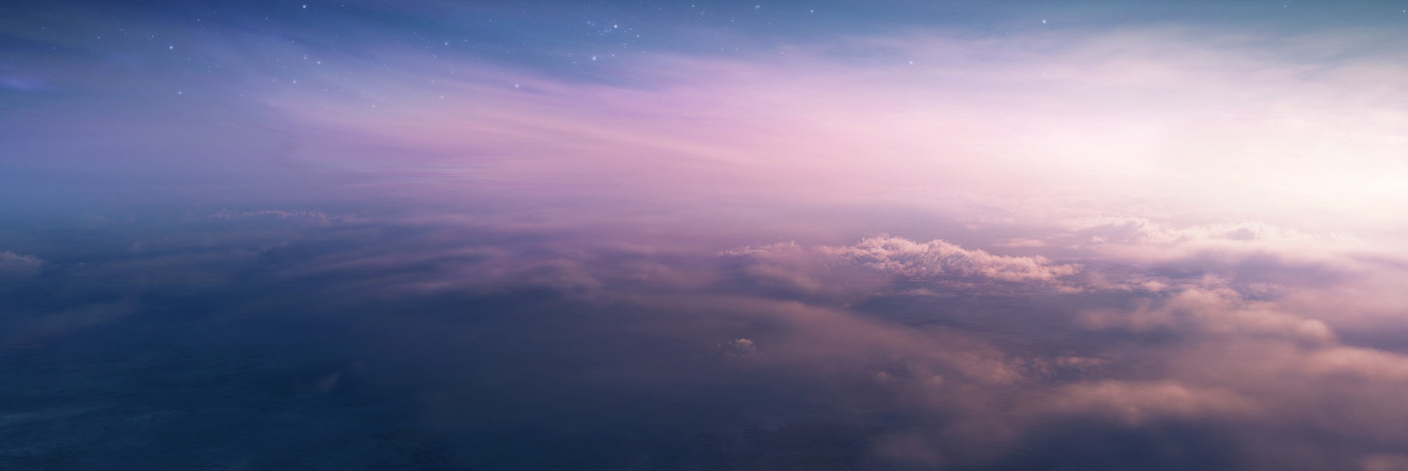Please note: Some of the following information is very over-simplified. The result is that the information, whilst accurate, does not account for all variables involved in forecasting the likely state of the Stratosphere, but it should make it a little easier to understand overall. The buzz word in recent years in the ‘industry’ surrounding winter forecasts has been stratosphere, and more prominently Sudden Stratospheric Warming (SSW for short).
What is this phenomenon and how does it affect the UK in winter? Well, as ever, there is a little bit of explaining to do, but stick with me!
So, as anybody who studied GCSE Geography will most likely know, the prevailing wind direction in the UK through the year generally, but especially through the Autumn and Winter months, is a West or South-Westerly wind. Why does this occur? Well during these months we normally have a set up of low pressure to the North of the UK, and high pressure to the South. The result of this pressure setup is for the winds to come in from the West of the UK and this usually proves to be a mild direction, as the gulf stream brings warmer waters up in to the mid-Atlantic ocean.
We mentioned the low pressure to the North of the UK, and this is key to winter forecasting in the UK. This low pressure, or should I say collection of low pressure systems, is known as the Polar Vortex. The Polar Vortex is an area of low pressure systems that encircle the Arctic usually during winter, and this has the effect of bottling up all of the cold air across the Arctic circle, preventing it from moving South down towards the UK.
So where does a Sudden Stratospheric Warming come in to all of this? Well lets start with the Stratosphere itself. The Stratosphere is the second layer up in our Atmosphere. The first layer of the atmosphere, the layer at the surface in which we reside, is called the Troposphere, and the Stratosphere is the layer above this, at approximately 8-12km up in the sky.
The Polar Vortex not only exists at the surface, but also rises up in to the sky all the way through the first layer of the atmosphere, the Troposphere, and up in to the Stratosphere. It is the intense cold air found here that causes the Polar Vortex to form at the surface.
For various reasons what we sometimes see though is the air in the Stratosphere above the Arctic circle start to warm significantly. This has the effect of weakening or even sometimes completely disintegrating the Polar Vortex in the Stratosphere, as the winds in the Stratosphere also change from a Westerly to an Easterly direction, and these effects can then filter down the atmosphere and all the way down to the surface, replacing the low pressure that usually encircles the Arctic circle with high pressure (known as Northern Blocking). This has two effects. First of all, it allows the cold air across the Arctic to flood South and secondly it has the effect of reversing the direction of the wind from a Westerly to a Northerly or Easterly – both cold directions usually for the UK in winter.
To be truly defined as a Sudden Stratospheric Warming (SSW), the wind direction in the Stratosphere above the Arctic has to completely reverse in direction, but often just a slightly warmer than usual Stratosphere can result in the Polar Vortex at the surface being weaker, and allowing the colder air to flood Southwards across the Northern Hemisphere.
So, it is for this reason that we often look to our various signals for the winter to see whether we think a Sudden Stratospheric Warming will take place – as most of the time such an event will result in colder than average conditions taking hold across the UK. (It should be noted that not every SSW will automatically result in cold weather for the UK, but most of the time it does).
Got that? …possibly not, its a very complicated system, and there are many other variables to take in to account. However, all you need to know is that this phenomenon is a good indicator for us of the potential for cold outbreaks as we enter the winter months.
It should be mentioned that not every cold spell the UK experienced is caused by a full SSW event. For example, the second coldest December in recorded history, December 2010, came about not due to a full Sudden Stratospheric Warming event, but instead because of the Stratosphere being slightly warmer than average going through November and in to December, preventing the polar vortex from fully forming until later in the season.
 SSW – sudden stratospheric warming 29 December 2012
SSW – sudden stratospheric warming 29 December 2012

